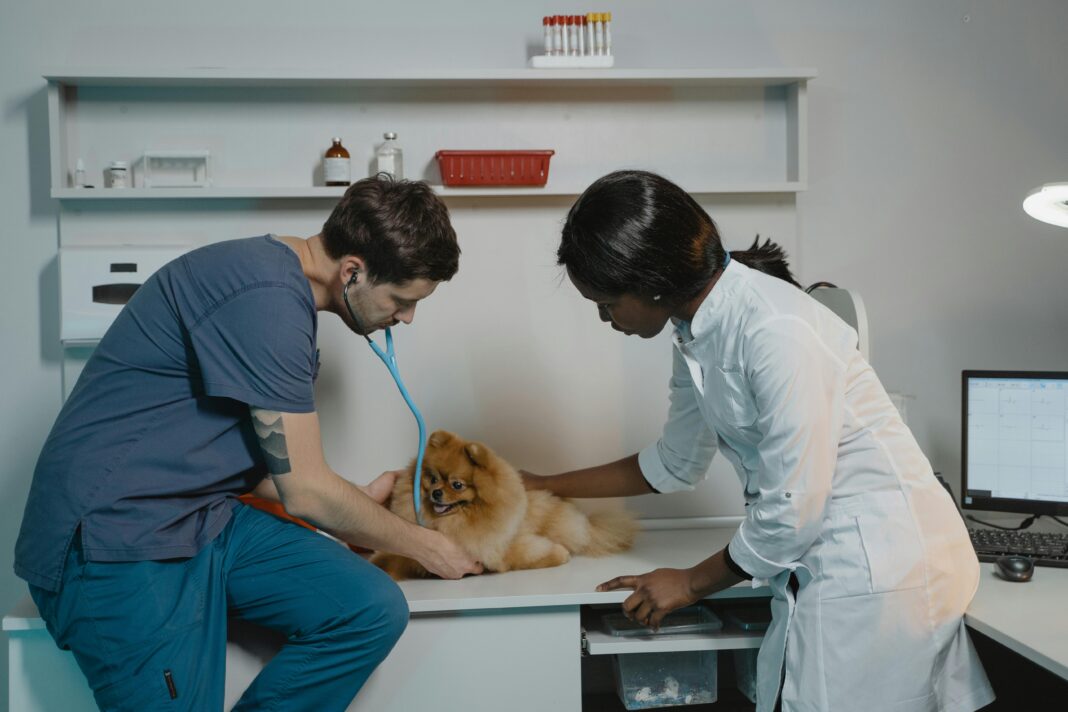As pet owners, we want to ensure our furry friends lead happy, healthy lives. However, when health issues arise, diagnosing the problem can be challenging. Fortunately, advancements in technology, particularly artificial intelligence (AI), are transforming veterinary diagnostics like never before. This article dives into how AI is reshaping pet healthcare, exploring its applications, benefits, and practical guidelines for pet owners.
Understanding the Role of AI in Veterinary Diagnostics
AI in veterinary diagnostics involves using algorithms and machine learning techniques to analyze data and assist veterinarians in identifying health issues. By leveraging vast databases of medical information and patient histories, AI can provide insights that enhance diagnostic accuracy and speed.
How AI Works in Diagnostics
AI systems can analyze medical images, laboratory results, and even behavior patterns to identify diseases. For instance, using image recognition technology, AI can assist veterinarians in detecting tumors or infections in X-rays and ultrasounds. After training on thousands of similar cases, AI models can identify even the slightest anomalies, helping veterinarians make swift and informed decisions.
Benefits of AI-Enhanced Diagnostics
Increased Accuracy
One of the most significant advantages of AI in veterinary diagnostics is improved accuracy. Traditional diagnostic methods often rely on human interpretation, which can vary widely. AI provides consistent analyses, minimizing the risk of misdiagnosis. This not only enhances pet health outcomes but also saves time, allowing for quicker treatment options.
Early Detection of Diseases
AI’s ability to analyze extensive datasets means it can identify patterns that may not be obvious to the human eye. For example, by monitoring a pet’s vital signs through wearable technology, AI can flag potential health issues before they become serious. Early detection is crucial in treating conditions like cancer or heart disease, improving the prognosis significantly.
Streamlined Workflow for Veterinarians
By automating various aspects of diagnostics, AI helps reduce the workload for veterinary professionals. This allows veterinarians to spend more time with their patients and less time sifting through files or conducting repetitive tests. A streamlined process benefits both the pet and the owner, ensuring a more efficient experience.
Common Applications of AI in Pet Healthcare
Radiology and Imaging
AI algorithms are increasingly being used in interpreting radiological images. Tools like AI-driven X-ray analysis detect fractures, foreign bodies, and tumors with remarkable accuracy. This technology not only assists in diagnostics but also helps in tracking the progress of ongoing treatment plans.
Behavioral Analysis
AI technologies can analyze behavioral patterns in pets, helping identify underlying health issues. For instance, changes in a dog’s activity levels or eating habits may signal potential health problems. Smart collars and wearable devices can gather this data continuously, leading to proactive healthcare measures.
Predictive Analytics
Predictive analytics uses historical data to forecast health risks. By analyzing a pet’s medical history, breed, and environmental factors, AI can predict potential health issues, allowing for preventative measures. For pet owners, this means staying ahead in health management and ensuring regular check-ups when necessary.
Practical Tips for Pet Owners
Stay Informed
As a pet owner, staying informed about the latest advancements in veterinary care is essential. Follow your veterinarian’s recommendations and be open to discussing new AI technologies being utilized in diagnostics. Understanding these technologies can help you make informed decisions regarding your pet’s health.
Utilize Wearable Health Devices
Consider investing in wearable health tech for your pet. Devices that monitor activity levels, heart rate, and other vital signs can offer invaluable data to both you and your veterinarian. This information can enhance diagnosis and inform treatment plans.
Regular Veterinary Visits
Routine check-ups are vital for early detection and management of health issues. When visiting your veterinarian, ask about the role of AI in their diagnostic processes. Understanding their approach can give you confidence in the care your pet receives.
Observing Behavioral Changes
Keep a close eye on your pet’s behavior and routine. Any noticeable changes, such as decreased appetite, lethargy, or unusual aggression, should be reported to your veterinarian immediately. Early observation can lead to quick interventions and better health outcomes.
The Future of AI in Pet Care
The integration of AI into veterinary practices is just beginning. With ongoing advancements, future applications may include more sophisticated diagnostic tools and telemedicine options, allowing for remote consultations and monitoring.
As we continue to explore the capabilities of AI, we can expect a more personalized approach to pet healthcare, ensuring our companions receive the best possible treatment. Embracing these technological advancements not only benefits the veterinarians but also enhances the overall well-being of our beloved pets.
By being proactive and informed, pet owners can play a vital role in leveraging AI technologies for better health outcomes, ensuring their furry friends enjoy longer, healthier lives.





